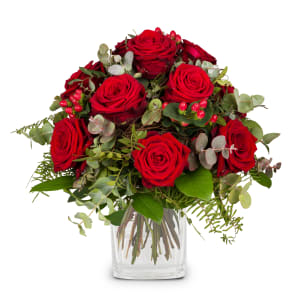Care tips – simple and clear
Every day, Fleurop florists work hard to ensure that the many cut flowers and
plants in their stores have good conditions for a long life.
Care tips for flowers, bouquets and arrangements
Here you will find the most important rules: «golden ones», which are best learned by heart, but then also special tips for cut flowers, bouquets and flower arrangements.
General tips for indoor plants
Whether at home or in the office, indoor plants have been popular for years. Here you will find answers to questions about how to choose, water and fertilize them - even plants for men.
Care tips for special cut flowers
Some popular cut flowers are delicate. It is better to know how to deal with them. Here are the main tips.
Care tips plants for balcony & terrace
Here you will find care tips for some particularly attractive plants, which we change or add to from time to time depending on trends and supply.
Care tips for orchid plants
Orchids are exclusive and exotic. As easy to care for plants, they are a noble gift and last for many months with a little know-how.
Care tips for Advent wreaths & candles
What can be done to keep an Advent wreath beautiful throughout December? And how do you buy and treat candles? Here are our answers.
Care tips for Christmas flowers
When it comes to Christmas spirit, poinsettias, amaryllis and Christmas roses can't be missing in bouquets and arrangements. Here are our tips.
Care tips for Christmas plants
Fancy a pretty little Christmas tree in a pot, poinsettias, amaryllis and Christmas roses? Here you will find the appropriate care tips.








